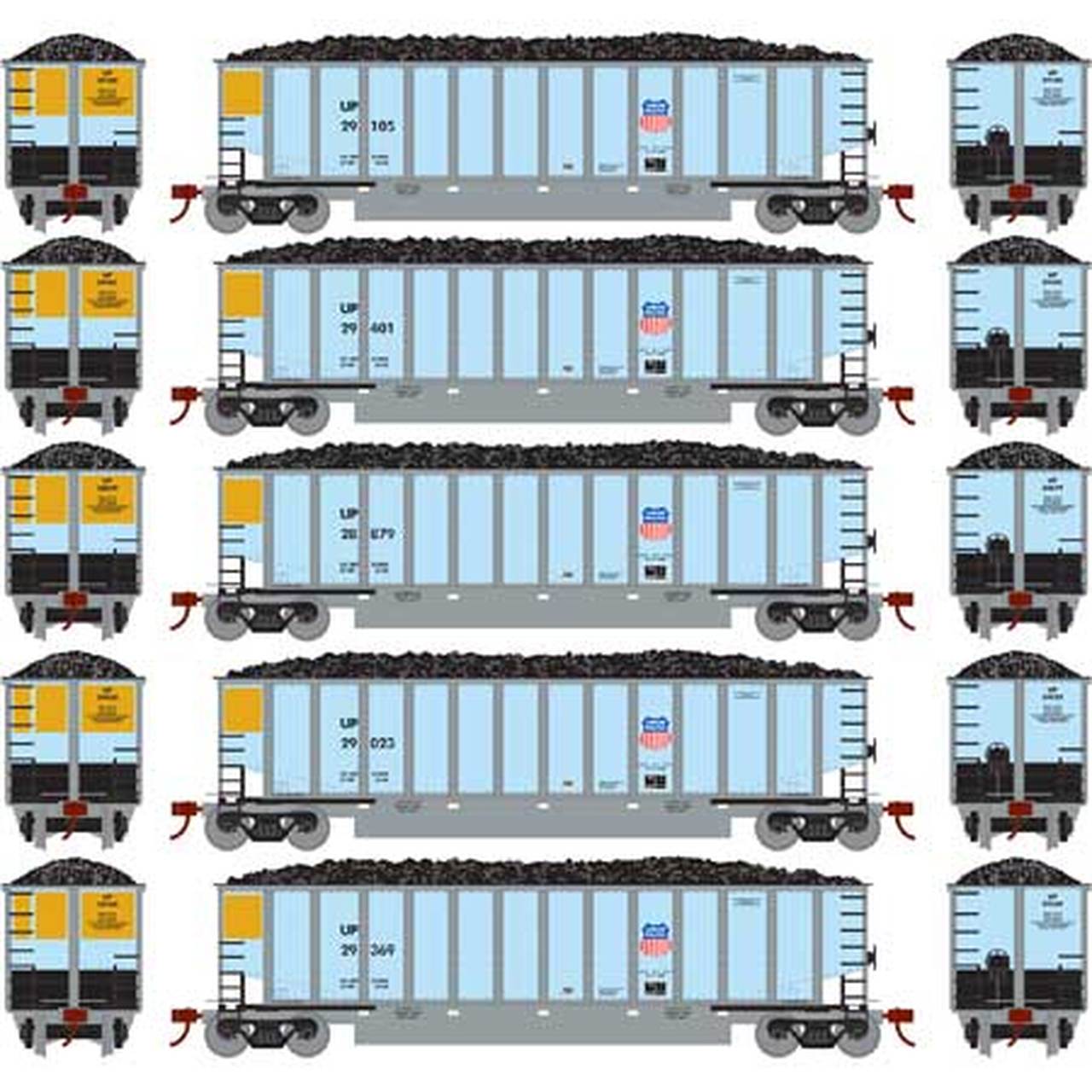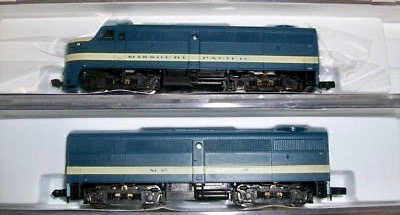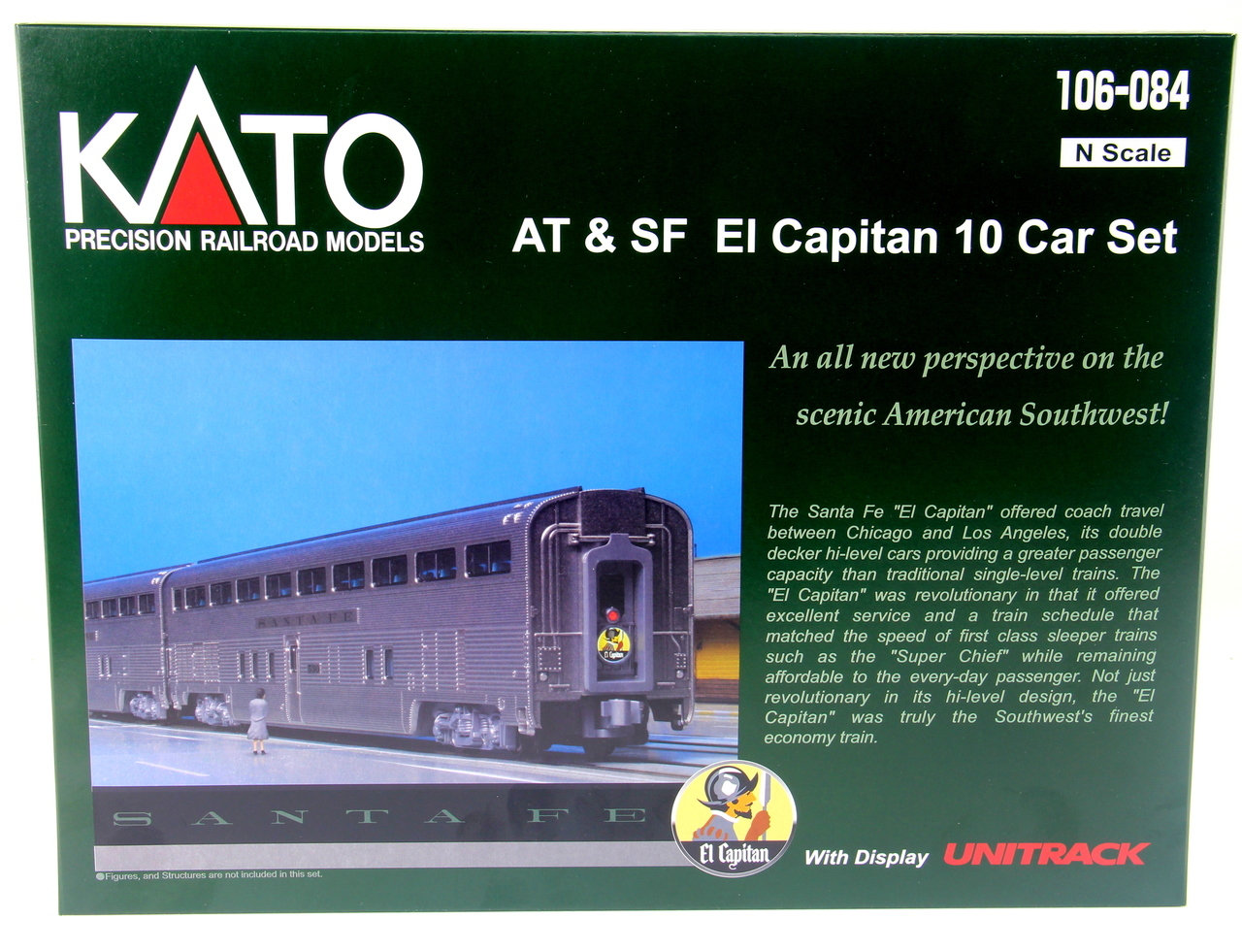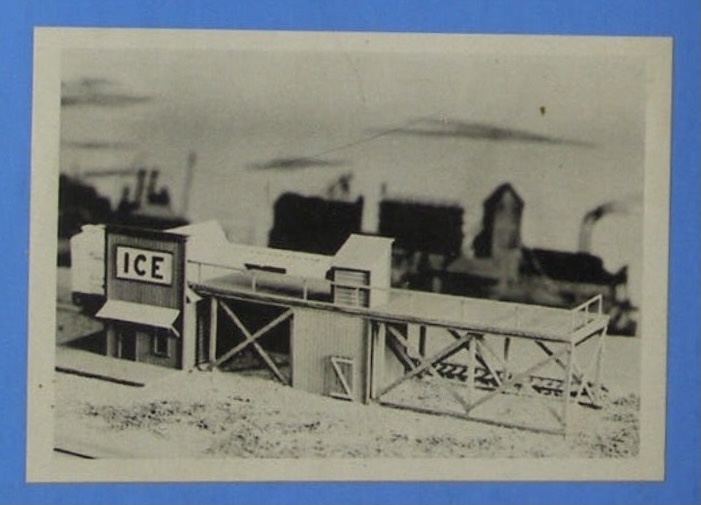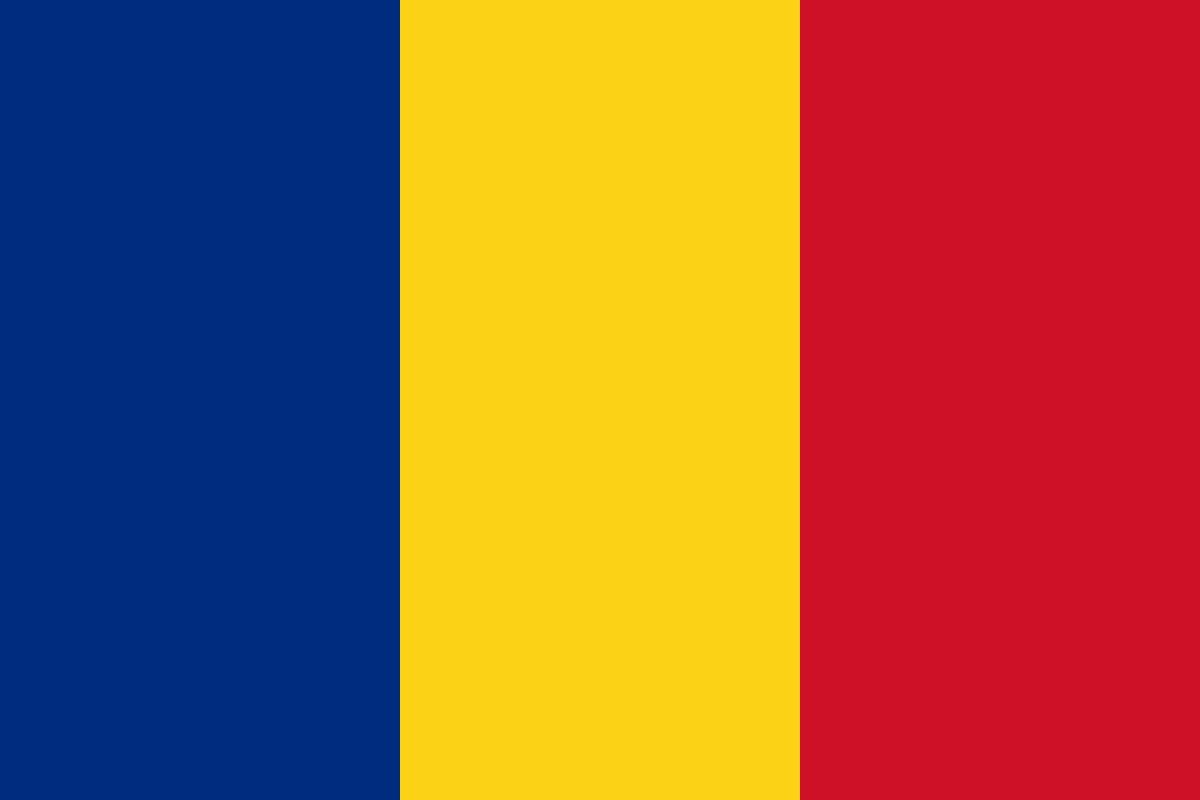History: Aquila (Italian language: "Eagle") was an Italian aircraft carrier converted from the trans-Atlantic passenger liner SS Roma during World War II. Work on Aquila began in late 1941 at the Ansaldo shipyard in Genoa and continued for the next two years. With the signing of the Italian armistice on 8 September 1943, however, all work was halted and the vessel remained unfinished. Aquila was eventually scrapped in 1952.
Aquila was Italy's first aircraft carrier although it was not built from the keel up as such, and was never completed. It was an ambitious conversion that might have changed the balance of power in the Mediterranean during World War Two had it entered service.
Since France was considered Italy?s most likely foe in another European war, keeping parity with her navy became a paramount concern. When the French Navy laid down the keels for Dunkerque, Strasbourg, Richelieu and Jean Bart between 1932 and 1937, dictator Benito Mussolini and the Italian admiralty were persuaded to scrap any plans for carrier construction and instead modernize two of the navy?s older battleships (Cavour and Cesare in 1933) and begin construction of two new ones (Vittorio Veneto and Littorio in 1934).
Because the Regia Marina was expected to operate primarily in the relatively narrow confines of the Mediterranean and not on the world?s oceans, the navy?s lack of a fleet air arm seemed a tolerable omission (especially given that carriers were an expensive and unproven commodity at the time). The Italian mainland and islands such as Pantelleria and Sicily were viewed as natural aircraft carriers, whose many airbases, operated by the Italian Air Force (Regia Aeronautica), could provide adequate fleet air coverage when requested by the navy.
Nevertheless, in June 1940, shortly after Italy's entry into the war, Mussolini sanctioned conversion of the 30,800 long tons (31,300 t), 21 kn (39 km/h; 24 mph) ocean liner Roma into an auxiliary carrier, featuring a flush deck and a small hangar. On 7 January 1941, less than two months after the successful British carrier raid on Taranto, Mussolini authorized a much more ambitious and extensive conversion of Roma into a full fleet carrier, capable of operating a larger air group and of keeping pace with the Regia Marina′s faster battleships and heavy cruisers.
By 27 January, however, the order was just as quickly rescinded following numerous objections from the Regia Marina. These included excessive cost; technical obstacles involving development of catapults, arrester gear and elevators; an estimated two-year development time for folding-wing aircraft; the time needed for studying the effects of air turbulence over the flight deck from an island superstructure; problems the Germans were encountering in the construction of their own aircraft carrier, Graf Zeppelin; and recent accounts of the heavy damage inflicted by German dive bombers on the British carrier Illustrious, graphically demonstrating the vulnerability of carriers operating in the Mediterranean.
Then, on 21 June, three months after losing three heavy cruisers off Cape Matapan, a loss potentially preventable had the Italians possessed their own aircraft carrier, the Regia Marina and Regia Aeronautica finally agreed to proceed with Roma′s conversion.
Following the 8 September 1943 armistice, when Aquila was nearing completion and had passed her first static test, Germany seized the ship and placed it under guard. Aquila was later damaged on 16 June 1944, during an Allied air attack on Genoa. Fearing the Germans might use the ship to block the entrance to Genoa harbor, Aquila was partially scuttled on 19 April 1945 by divers from the former Decima Flottiglia MAS. Raised in 1946, Aquila was later towed to La Spezia in 1949 where consideration was given to completing her or converting her to some other use. She was eventually scrapped in 1952.
Aquila was Italy's first aircraft carrier although it was not built from the keel up as such, and was never completed. It was an ambitious conversion that might have changed the balance of power in the Mediterranean during World War Two had it entered service.
Since France was considered Italy?s most likely foe in another European war, keeping parity with her navy became a paramount concern. When the French Navy laid down the keels for Dunkerque, Strasbourg, Richelieu and Jean Bart between 1932 and 1937, dictator Benito Mussolini and the Italian admiralty were persuaded to scrap any plans for carrier construction and instead modernize two of the navy?s older battleships (Cavour and Cesare in 1933) and begin construction of two new ones (Vittorio Veneto and Littorio in 1934).
Because the Regia Marina was expected to operate primarily in the relatively narrow confines of the Mediterranean and not on the world?s oceans, the navy?s lack of a fleet air arm seemed a tolerable omission (especially given that carriers were an expensive and unproven commodity at the time). The Italian mainland and islands such as Pantelleria and Sicily were viewed as natural aircraft carriers, whose many airbases, operated by the Italian Air Force (Regia Aeronautica), could provide adequate fleet air coverage when requested by the navy.
Nevertheless, in June 1940, shortly after Italy's entry into the war, Mussolini sanctioned conversion of the 30,800 long tons (31,300 t), 21 kn (39 km/h; 24 mph) ocean liner Roma into an auxiliary carrier, featuring a flush deck and a small hangar. On 7 January 1941, less than two months after the successful British carrier raid on Taranto, Mussolini authorized a much more ambitious and extensive conversion of Roma into a full fleet carrier, capable of operating a larger air group and of keeping pace with the Regia Marina′s faster battleships and heavy cruisers.
By 27 January, however, the order was just as quickly rescinded following numerous objections from the Regia Marina. These included excessive cost; technical obstacles involving development of catapults, arrester gear and elevators; an estimated two-year development time for folding-wing aircraft; the time needed for studying the effects of air turbulence over the flight deck from an island superstructure; problems the Germans were encountering in the construction of their own aircraft carrier, Graf Zeppelin; and recent accounts of the heavy damage inflicted by German dive bombers on the British carrier Illustrious, graphically demonstrating the vulnerability of carriers operating in the Mediterranean.
Then, on 21 June, three months after losing three heavy cruisers off Cape Matapan, a loss potentially preventable had the Italians possessed their own aircraft carrier, the Regia Marina and Regia Aeronautica finally agreed to proceed with Roma′s conversion.
Following the 8 September 1943 armistice, when Aquila was nearing completion and had passed her first static test, Germany seized the ship and placed it under guard. Aquila was later damaged on 16 June 1944, during an Allied air attack on Genoa. Fearing the Germans might use the ship to block the entrance to Genoa harbor, Aquila was partially scuttled on 19 April 1945 by divers from the former Decima Flottiglia MAS. Raised in 1946, Aquila was later towed to La Spezia in 1949 where consideration was given to completing her or converting her to some other use. She was eventually scrapped in 1952.
Type: Destroyer
Primary Country: Romania is a southeastern European country known for the forested region of Transylvania, ringed by the Carpathian Mountains. Its preserved medieval towns include Sighişoara, and there are many fortified churches and castles, notably clifftop Bran Castle, long associated with the Dracula legend. Bucharest, the country’s capital, is the site of the gigantic, Communist-era Palatul Parlamentului government building.
Item created by: Lethe on 2019-03-20 12:17:20. Last edited by gdm on 2019-03-24 10:01:42
If you see errors or missing data in this entry, please feel free to log in and edit it. Anyone with a Gmail account can log in instantly.
If you see errors or missing data in this entry, please feel free to log in and edit it. Anyone with a Gmail account can log in instantly.


